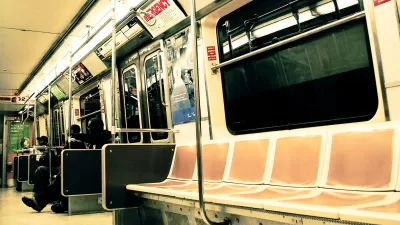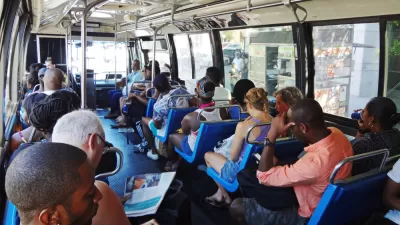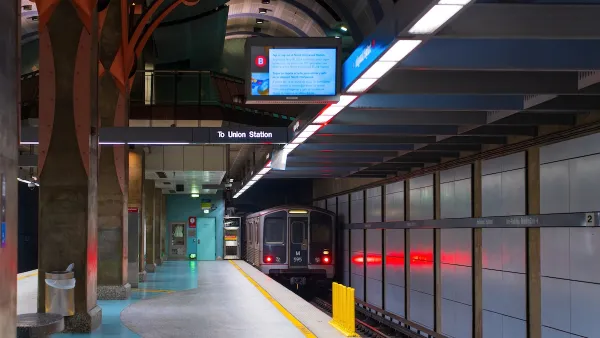Eric Jaffe lays out the case for why individuals in charge of transit systems should ride transit, and what problems stem from them not doing so right now.

(Updated 09/16/2014) In his recent piece for CityLab, Eric Jaffe profiles Houston resident Christof Spieler, a member of Metro's Board of Directors, who "played an instrumental role in developing Metro's Reimagining plan—a dazzling redesign of the entire bus system that stresses all-day frequency and smart connections. But he couldn't have done it without his experience on Metro as a guide, which makes him Exhibit A for why the people planning America's transit systems, from board members to senior management to project designers, should be riders themselves."
Jaffe writes that non-transit riders are unable to grasp the annoyance of infrequency and the importance of frequent service, as they run on a private timetable by driving cars. More importantly, "[t]he mindset that agencies should only care about customers when they're on a transit vehicle, but not during their walk to the station, is also an artifact of inexperience."
But how can agencies make sure their leadership is utilizing transit? Apparently, all Metro senior manager roles must ride the system at least 40 times a *month, a new policy put in place to make sure the leadership understands the user experience.
*updated from a week to a month.
FULL STORY: Why the People in Charge of Transit Systems Should Be Required to Actually Ride Transit

Maui's Vacation Rental Debate Turns Ugly
Verbal attacks, misinformation campaigns and fistfights plague a high-stakes debate to convert thousands of vacation rentals into long-term housing.

Planetizen Federal Action Tracker
A weekly monitor of how Trump’s orders and actions are impacting planners and planning in America.

In Urban Planning, AI Prompting Could be the New Design Thinking
Creativity has long been key to great urban design. What if we see AI as our new creative partner?

King County Supportive Housing Program Offers Hope for Unhoused Residents
The county is taking a ‘Housing First’ approach that prioritizes getting people into housing, then offering wraparound supportive services.

Researchers Use AI to Get Clearer Picture of US Housing
Analysts are using artificial intelligence to supercharge their research by allowing them to comb through data faster. Though these AI tools can be error prone, they save time and housing researchers are optimistic about the future.

Making Shared Micromobility More Inclusive
Cities and shared mobility system operators can do more to include people with disabilities in planning and operations, per a new report.
Urban Design for Planners 1: Software Tools
This six-course series explores essential urban design concepts using open source software and equips planners with the tools they need to participate fully in the urban design process.
Planning for Universal Design
Learn the tools for implementing Universal Design in planning regulations.
planning NEXT
Appalachian Highlands Housing Partners
Mpact (founded as Rail~Volution)
City of Camden Redevelopment Agency
City of Astoria
City of Portland
City of Laramie





























